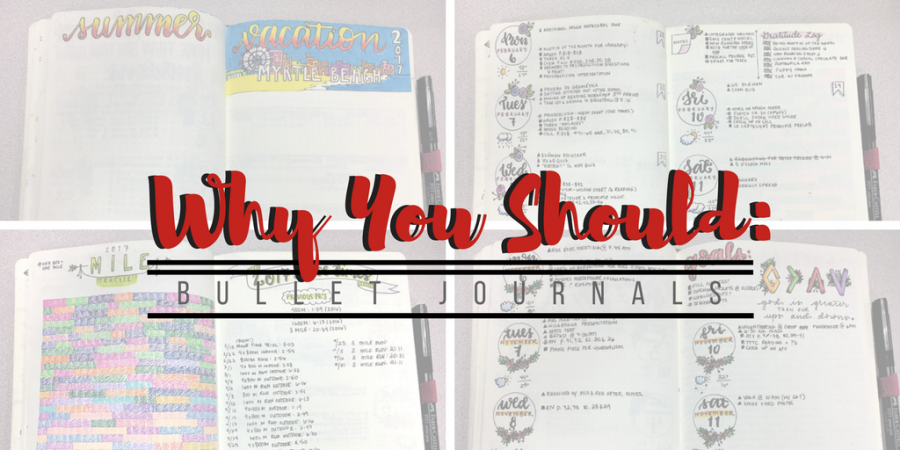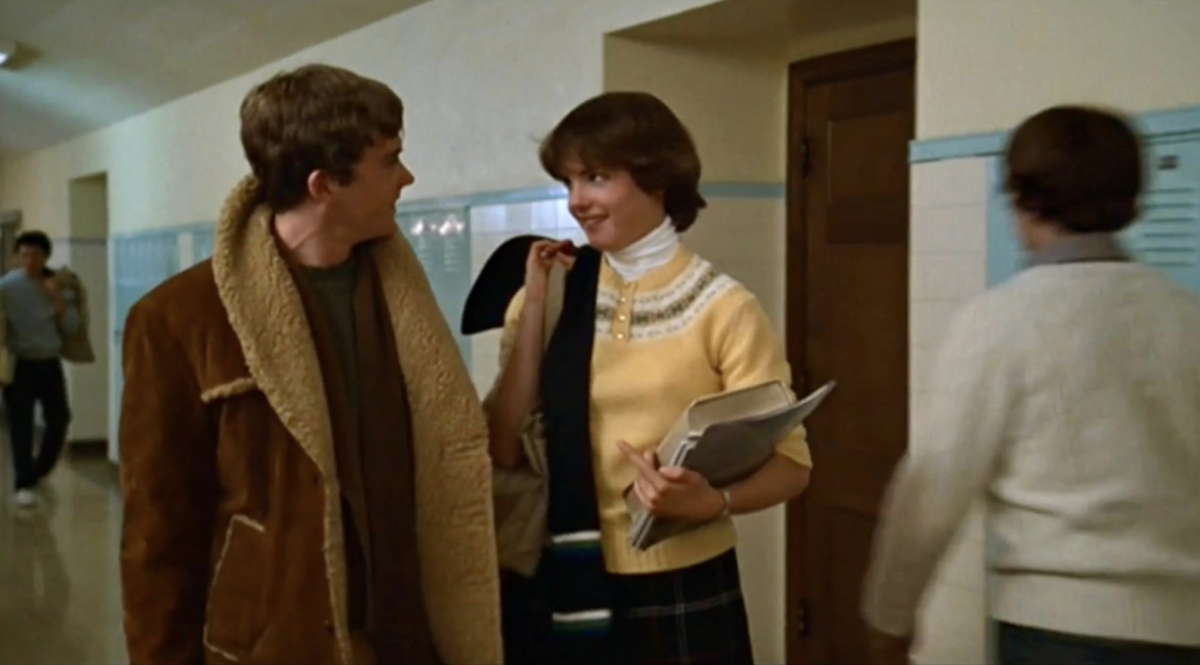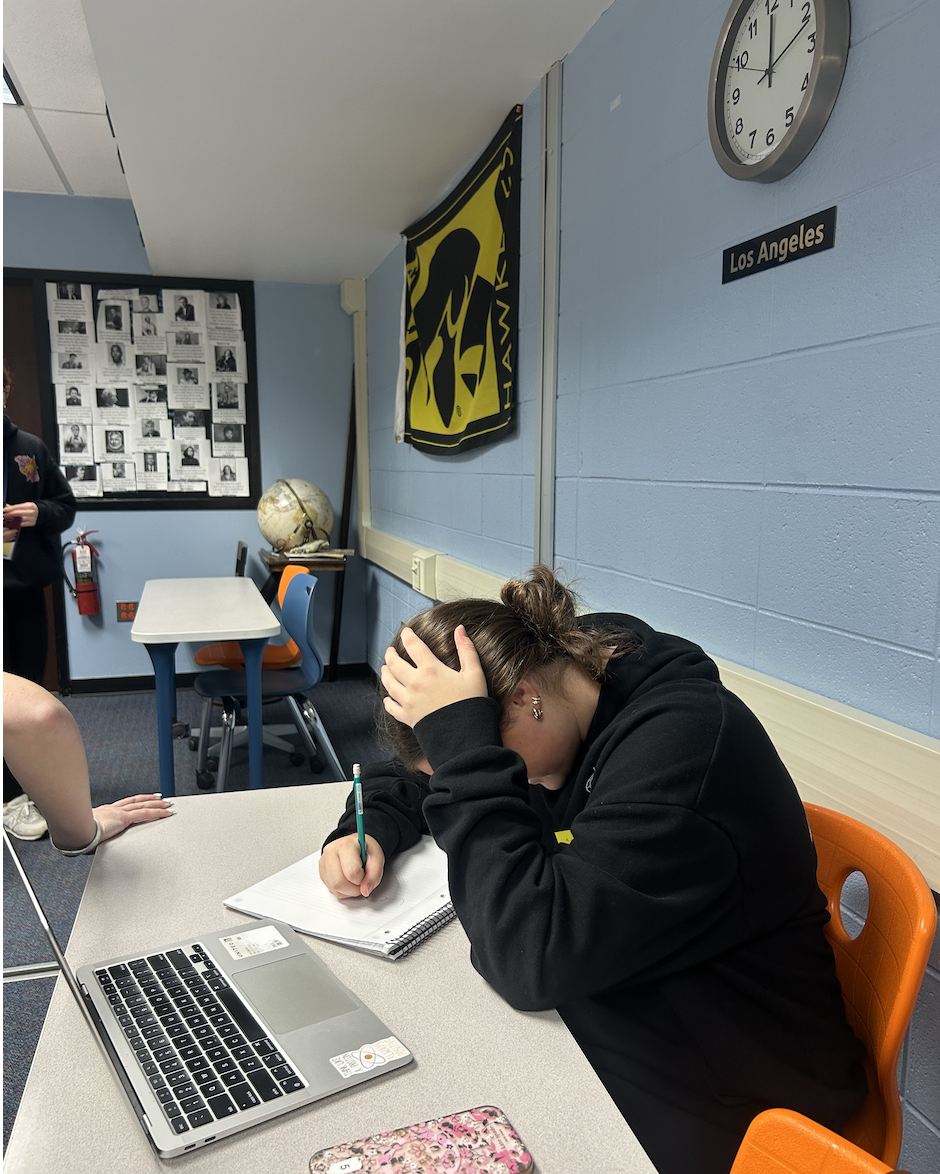
At the beginning of 2017, I came across a Buzzfeed article entitled “WTF is a Bullet Journal and Why You Should Start One”. It was right around that time of the year when everyone gets an inexplicable burst of motivation to change their lives for the better. Now, though that burst may be akin to a sugar rush that spikes rapidly and peters out not long after, it’s usually enough to set something in motion. For some, this results in a hastily purchased, overly optimistic gym membership, or a newfound devotion to the latest diet craze. For me, I discovered a “new” (I’ll explain the quotes later) way of organizing my life in a very aesthetically pleasing, though undoubtedly time consuming, way.
Upon finishing that first Buzzfeed article and the multitude of bullet journal blog posts I Googled afterwards, I found myself with a raspberry-red notebook in one hand and a fistful of expensive pens in the other. Outside of my immediate group of friends who are by now well aware of my planner obsession, odds are good the phrase “bullet journal” isn’t well known. The creator of this particular type of planner, Ryder Carroll, would describe it as a return to an analog means of keeping track of your schedule. The beauty of the bullet journal, though, is that’s only a starting point. It can be as elaborate or minimalistic as you want it to be, and it can serve whatever purpose you need it to.
At its core, the bullet journal is built upon the two ideas it’s named for: bullet points and a journal. It differs from your regular planner because you come up with the structure, the content, and everything in between. You buy a blank notebook–it can be the officially sponsored Bullet Journal made by a small German company called Leuchtturm, or a 99-cent composition notebook from CVS–jot down a few bullet points, and you’ve got yourself a bullet journal.


The magic comes from where you take it from there. You build it as you go, so you’re never set in one way of doing things. Beyond your laundry list of homework and other things to do, called “tasks”, you can create collections to keep track of the other areas of your life. For me, I’ve logged TV shows watched, books read, daily exercise, miles run on a particular pair of shoes, to name a few.
When most people see my bullet journal for the first time, their immediate response is, “How do you have time for that?” Week to week, it takes about an hour to design the layout for the next week. When I have to add a monthly layout into the mix, it’s probably another hour’s worth spent what essentially is glorified doodling. It may seem counterintuitive to devote so much time while already juggling such a busy schedule, but the benefits have far outweighed the time cost.

Around the time when I started my first bullet journal, junior year was just starting to pick up and I was searching for a way to manage all the stress. Bullet journaling turned out to be the perfect solution. After a few weeks working with my newfound hobby, I realized that a lot of the stress I’d felt was caused by the feeling that all of these things I needed to get done were up in the air. Bullet journaling forced me to take at least an hour every week to visibly plot out my plans, and it gave structure to an otherwise chaotic lifestyle.
Grace Duggan, a senior who started her own journal over the summer, said, “I started bullet journaling because I thought it would be a good way to keep myself organized and also enjoy the process of getting organized. It’s not as important to do as homework, but it’s important to balance things that make you happy with homework, so it’s good to take some time out of my day to decompress and doodle. “
There’s no better motivation than crossing something off your to-do list, and the bullet journal relies on that dopamine rush to keep you coming back to it. At the end of each day being able to look back and see all that you’ve accomplished not only keeps you on track, but also makes you feel better about how you’ve used your time.

Getting to spend that quiet hour on Sunday afternoons with some fancy pens and my bullet journal is something I look forward to all weekend. It’s a rather therapeutic process, using a ruler to create neat, straight lines, seeing a blank dotted page transform beneath my fingertips. It’s an hour unplugged from my phone, away from a screen, and yet it still gives off the illusion of productivity. Hadley Seymour, a senior who’s kept of bullet journal of her own on and off throughout the year, said “To me, using a bullet journal is a great way to take a brain break while still getting things done, or at least getting things organized.”
And while it might seem that bullet journaling causes you to be hyper-aware of any mistakes made, the reality is that it results in you being more flexible, not less. As you change personally throughout the year, your bullet journal is able to reflect that. While I may think that some of my spreads from earlier this year err a little on the janky side, I don’t want to rip them out, because I thought they were really good at the time. And, looking back, it’s nice to be able to see the “progress”, I guess you would say, in the various layouts and artistic choices. At the end of the day, a bullet journal is built around you.













